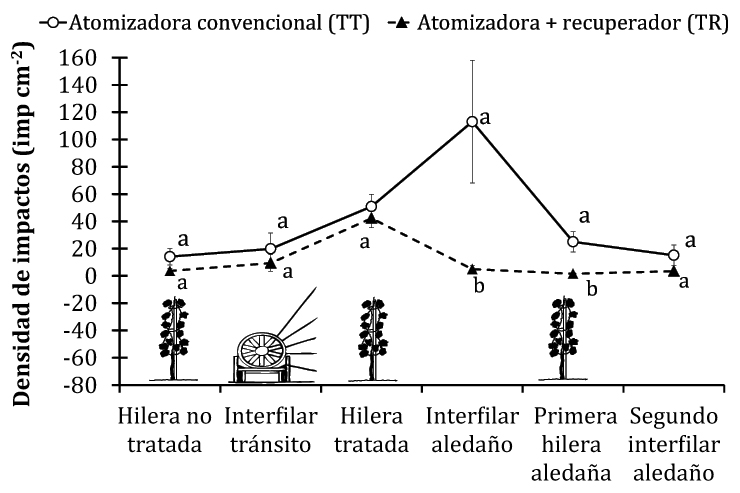Evaluation of a drift recovery panel for phytosanitary treatments in vineyards
Keywords:
grapevine, VSP trellis system, phytosanitary spraying, losses, recovery prototypeAbstract
A panel with dehumidifiers attachable to conventional sprayers was designed, capable of retaining the spray liquid that is lost by drift. The objectives of this study were: a) verify the recovery capacity of the panel, b) to study their influence on the characteristics of spraying, c) check the drift modification in soil and the surrounding rows. The prototype was tested in a vertical shoot positioned (VSP) trellised vineyard cv. Malbec. The application of copper oxychloride with conventional hydropneumatic equipment was defined as a control treatment. Spray quality was assessed using water sensitive papers and receptors on the treated row, in two adjacent rows and soil. In field trials, the panel recovers 37% of the volume applied for early vegetative development and 11% with maximum vegetation. The panel did not influence the amount of product deposited, nor the quality of the spray distribution on the treated canopy. In the conventional treatment it was found that drift is lost mainly in the soil adjacent to the treated rows. The panel significantly reduced drift to the soil, both the deposit of pesticide applied as the quantity of surface impacts.
Downloads

Downloads
Published
How to Cite
Issue
Section
License
Aquellos autores/as que tengan publicaciones con esta revista, aceptan las Políticas Editoriales.










.jpg)




